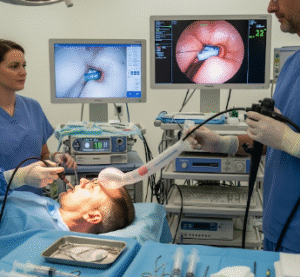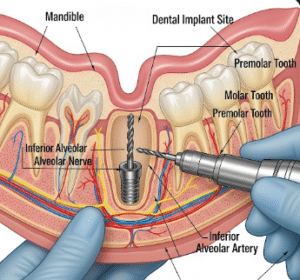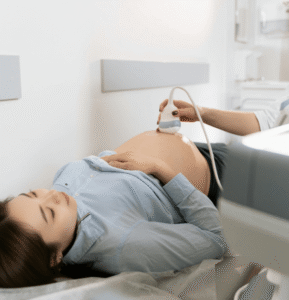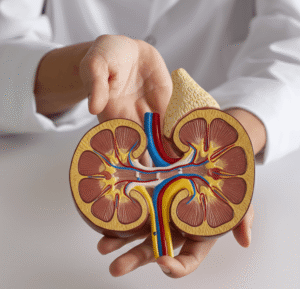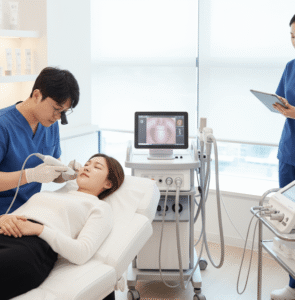Overview
Diabetic Retinopathy is a diabetes-related eye complication caused by damage to the blood vessels of the retina. It is a major cause of preventable vision loss and blindness worldwide. In Korea, the prevalence of diabetes is steadily increasing, and diabetic retinopathy is one of the most common diabetes-related complications. Thanks to Korea’s advanced medical infrastructure, early screening, modern diagnostic tools, and innovative treatments are widely available to help prevent and manage this condition effectively.
What is Diabetic Retinopathy?
Diabetic Retinopathy occurs when high blood sugar levels damage tiny blood vessels in the retina, leading to leakage, swelling, or abnormal vessel growth. This can impair vision gradually and may progress to blindness if untreated. The condition is categorized into two main stages:
- Non-Proliferative Diabetic Retinopathy (NPDR): Early stage with small leaks and retinal swelling.
- Proliferative Diabetic Retinopathy (PDR): Advanced stage with abnormal blood vessel growth that can cause bleeding, scarring, or retinal detachment.
Symptoms
- Blurred or fluctuating vision
- Dark spots or floaters in the field of vision
- Difficulty seeing at night
- Sudden vision loss (in severe cases)
- Distorted vision or impaired color perception
Causes
- Prolonged high blood sugar levels
- High blood pressure
- High cholesterol
- Long-term diabetes (type 1 or type 2)
Risk Factors
- Having diabetes for over 10 years
- Poor blood sugar control
- Hypertension
- Kidney disease
- Pregnancy (in diabetic women)
- Smoking
Complications
If left untreated, diabetic retinopathy can lead to:
- Macular Edema (swelling of the central retina)
- Glaucoma (due to abnormal blood vessels increasing eye pressure)
- Retinal detachment
- Permanent blindness
Prevention
- Regular eye exams (at least once a year)
- Strict blood sugar and blood pressure control
- Lifestyle changes: healthy diet, exercise, and quitting smoking
- Early treatment of any vision-related symptoms
Treatment Options in Korea
Diagnosis
Korean ophthalmology clinics use advanced diagnostic tools, including:
- Fundus Photography (detailed retina imaging)
- Optical Coherence Tomography (OCT) for macular assessment
- Fluorescein Angiography to detect blood vessel leakage
- AI-based retina screening systems available in many hospitals
Medical Treatments
- Anti-VEGF Injections (e.g., Ranibizumab, Aflibercept, Bevacizumab): Prevents abnormal vessel growth.
- Steroid Injections: Reduces macular swelling.
- Oral medications to manage underlying diabetes, blood pressure, and cholesterol.
Surgical or Advanced Therapies
- Laser Photocoagulation: Prevents further vessel leakage and abnormal growth.
- Vitrectomy: Surgical removal of blood-filled vitreous gel in advanced cases.
- Retinal detachment surgery if vision-threatening complications occur.
Rehabilitation and Support
- Vision aids and low-vision rehabilitation centers
- Counseling and diabetic lifestyle education programs
- Support groups for patients with chronic diabetic complications



